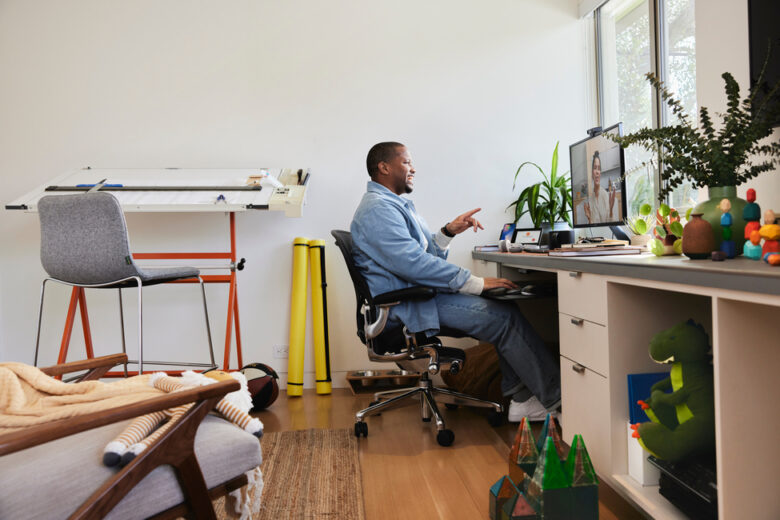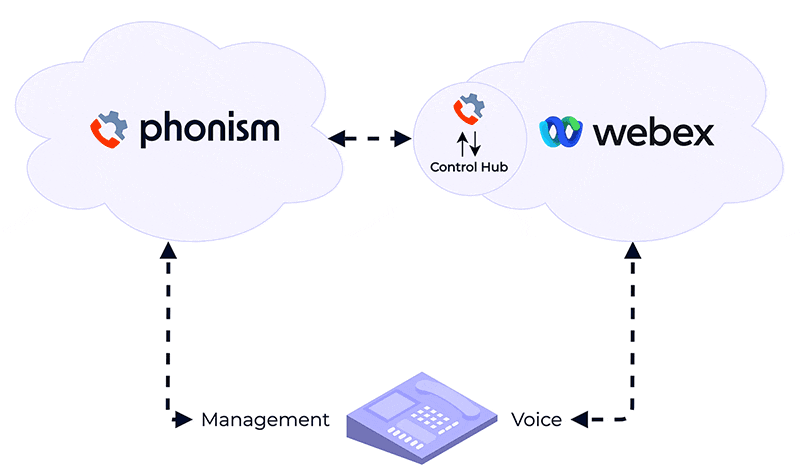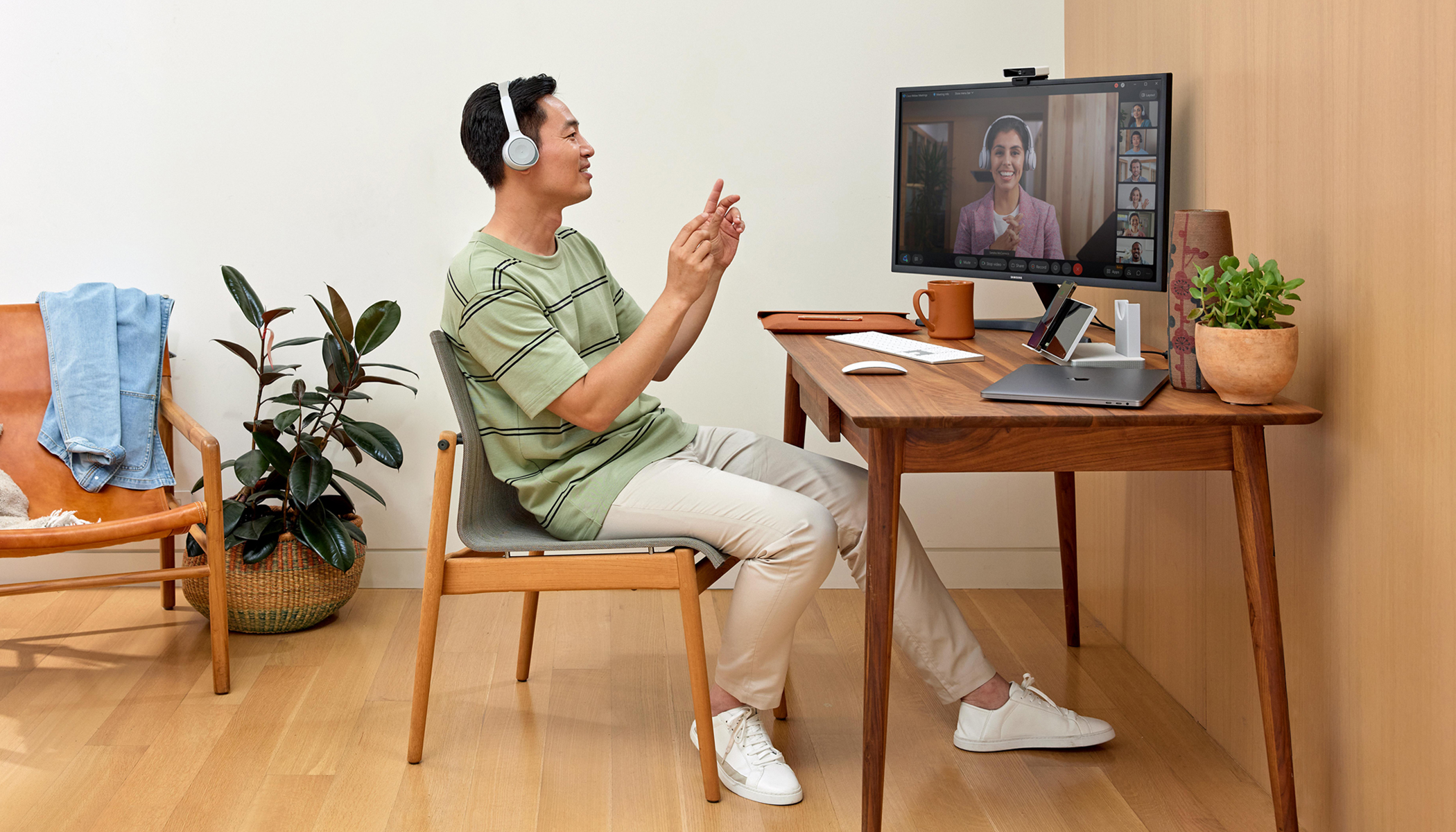As many of us prepare for a permanent remote or hybrid work future, now is a good time to make sure your team is still following video conferencing best practices and has cultivated a healthy, video-first culture.
People who frequently use video are 2.4x more likely to say it’s easier to collaborate and 2.6x more likely to say they’ve experienced increased empathy from colleagues, according to a 2021 study. On the flipside, those who rarely use video are 3.2x more likely to say they are unhappy with their current company and 2.7x less likely to feel connected to company strategy.
Here are some guidelines to follow to make sure your video meetings are as effective and productive as possible.
Do: Invest in a good internet connection.
Nothing is as frustrating as getting on a video call and having to suffer through long minutes of jitter, delays, frozen pictures, and a failure to sync between audio and video. Having a high-speed connection with enough bandwidth to deliver great audio/video quality is step one. Additionally, consider a wired connection for an even more stable experience. Also look for a video conferencing solution like Webex that adjusts to lower bandwidth, minimizing any drop in quality.
Don’t: Waste time if you can’t get video to work.
If your connection does happen to fail you, don’t let it derail the entire meeting. Switch to audio only for your end of the call and free up bandwidth so you can at least hear each other and get through the meeting with minimal frustration and delays. Then you can address your connectivity issues before the next meeting.
Do: Test your setup.
Call a colleague to make sure you’ve correctly configured your equipment and that your camera, microphone, and speakers are all working properly. Try to do this a half hour before your first meeting of the day. If there’s a hiccup with your setup, you’ll need time to troubleshoot.
Don’t: Be late.
Be a few minutes early to make sure you are in the right meeting and everything is operating correctly. You definitely don’t want your colleagues waiting on you or taking time to recap what they’d already covered before you joined.
Do: Dress as if you’re at an on-site, in-person meeting.
It’s tempting to dress down when working from home, but definitely keep your look professional. Have a comfortable but professional outfit to slip into before video conferences so you always present a polished appearance. You can switch back into more casual clothes once the meeting’s over.
Don’t: Let a messy workspace define you.
Hopefully you have a dedicated workspace, and can ensure other participants see only a tidy, professional space on your side of the screen. Do your best to minimize distractions and make sure the focus remains on the conversation and the project at hand. If necessary, you can use a blurred or virtual background.
Do: Mute and unmute correctly.
Being muted when you’re trying to participate in the conversation is just as frustrating as being unmuted and contributing background noise. Form a habit of unmuting right before you speak and muting when you finish speaking. This cuts down on microphone feedback and makes sure everyone has a chance to be heard, including you. Also leverage Webex’s background noise removal capabilities to minimize any disruptive noise while you’re speaking.
Don’t: Forget that people can see you.
During meetings, make sure you always appear attentive and engaged. Keep your focus on the screen and avoid the temptation to catch up on other work during the call. As we’ve likely all experienced, it’s no fun to be sharing your thoughts in a virtual meeting, only to realize that nearly everyone else is multitasking or checked out. Strive to be a positive, encouraging presence, even when you’re not the one speaking.
Do: Position your camera at eye level.
A camera that is below the level of your computer screen can result in an image that looks like a giant peering down from above. Set your monitor up so the webcam is eye level, and if you use more than one monitor remember to look and address your remarks in the right direction. Also invest in a high-quality webcam or an all-in-one video device so your image comes through as clearly as possible.
Don’t: Sit with your back to the light.
Being backlit can shadow your face, making it hard to tell if you’re paying attention. You want natural light if possible, or a light positioned behind your monitor. That way, people can see your face clearly and easily read your nonverbal cues.
Do: Share your thoughts.
Even if you’re not the one speaking, there’s plenty of ways to interact and express your opinions during a video conference. Type feedback or comments in the chat or use a reaction emoji to communicate agreement or excitement for an idea. And don’t be afraid to chime in or use the “raise your hand” feature to alert the meeting host that you’d like to share some thoughts. (Pro Tip: In Webex, simply give a thumbs up, clap, or raise your hand on camera, and the corresponding emoji will automatically flash on your screen thanks to real-time gesture recognition tech—no clicking needed.) When it’s your turn to lead a meeting, try leveraging the Q&A or polling features to make sure everyone feels included and heard—especially if it’s a larger group.
Don’t: Use the wrong chat function.
Accidentally typing a personal comment in the meeting group chat has derailed more than one video call. Save yourself potential embarrassment by double checking before hitting send on a message. If you need to message someone individually during the meeting, ensure only their name is selected in the dropdown menu before typing your message. Likewise, if you’re trying to share a file or ask a question, make sure you’re in the appropriate chat box and not talking to yourself on another thread.
Do: Follow up after the meeting with a quick message or email.
If you’re the meeting host, send out a quick group message or email after the meeting to recap the call. Include a recording and transcript of the call along with highlights and action items for your team. If you’re a participant, thank the host and signal you understand your action items if you received any.
For more video conferencing tips and insight into the benefits of a video-first culture, see this ebook. And get started with Webex Meetings for free today to see how you can create more engaging meeting experiences and drive stronger collaboration.
Learn more
18 video conferencing statistics for 2021





